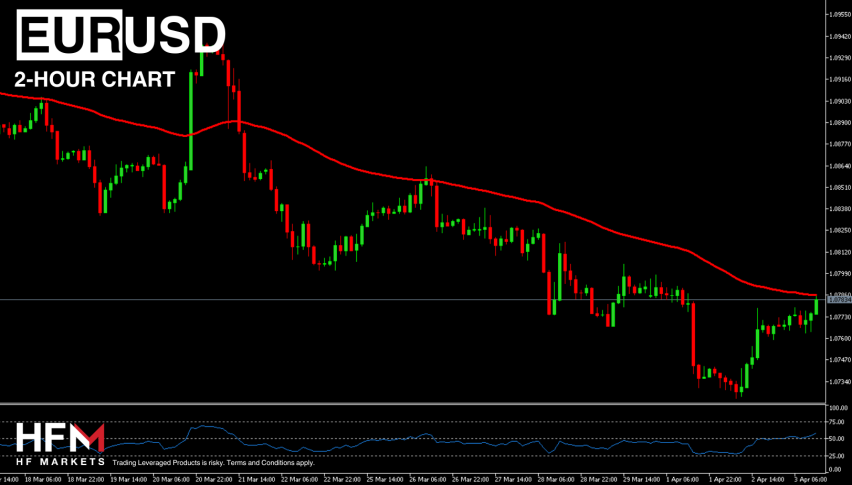Weekly Outlook, Dec 6 – 10, 2021: Top Economic Events to Watch This Week
The broad-based US dollar will end this week on a bullish track, as markets adopt a broadly calmer tone. Earlier this week, the United States Federal Reserve backed up Chairman Jerome Powell’s hawkish stance. President Mary Daly of the San Francisco Fed suggested that it might be time to “start building a plan” to raise interest rates to battle inflation, while Richmond Fed President, Thomas Barkin, endorsed “normalizing policy.” Thus, the chances of the central bank raising the target rate by a quarter-point at its June 2022 meeting are increasing. Overnight, stories about the newly discovered Omicron COVID-19 variation were “net positive,” helping risk sentiment recover. “We foresee further volatility,” because the first assessments of the efficacy of existing vaccines are likely still a week or so away.”
Looking at the week ahead, the Eurogroup Meeting, the BOC Rate Statement, and the RBA Rate Statement and Core CPI m/m, are likely to generate plenty of news to keep the markets moving. Besides this, coronavirus news will be actively monitored because it may play a crucial role in determining market risk levels.
The Top Economic Events to Watch This Week
1. Eurogroup Meeting – Monday – 00:00 GMT
2. RBA Interest Rate Decision: – Tuesday – 3:30 GMT
RBA Interest Rate Decision: The Reserve Bank of Australia announces its interest rate decision. It is beneficial, or bullish, for the AUD if the RBA is hawkish about the economy’s inflationary prospects and raises interest rates. Similarly, if the RBA has a dovish view of the Australian economy and maintains or lowers the interest rate, it is considered negative or bearish.
Previous Release
ACTUAL: 0.1 %
DEV: 0.00
CONS: 0.1 %
Last Released
Tue, Nov 2, 2021, 03:30
ii) RBA Rate Statement:
3. Canada, BoC Interest Rate Decision – Wednesday – 15:00 GMT
The Bank of Canada (BoC) releases its interest rate decision. It is beneficial, or bullish, for the CAD if the Bank of Canada is hawkish about the economy’s inflationary prospects and raises interest rates. Similarly, if the Bank of Canada (BoC) has a dovish assessment of the Canadian economy and retains or lowers the interest rate, it is considered negative or bearish.
ii) BOC Rate Statement:
4. RBA Gov Lowe Speaks – Thursday – 22:00 GMT
5. United States Consumer Price Index (MoM) – Friday – 13:30 GMT
The US Bureau of Labor Statistics’ Consumer Price Index measures price changes, based on a comparison of the retail prices of a sample shopping basket of goods and services. Inflation reduces the purchasing power of the US dollar.
The Consumer Price Index (CPI) is a key indicator for measuring inflation and changes in purchasing patterns. In general, a high rating for the USD is considered favourable (or bullish), while a low reading is considered negative (or bearish).
Previous Release
ACTUAL: 0.9 %
DEV: 1.74
CONS: 0.6%
Last Released
Wed, Nov 10, 2021, 13:30
ii) United States Consumer Price Index ex Food & Energy (MoM)
Previous Release
ACTUAL: 0.6 %
DEV: 0.77
CONS: 0.4%
Last Released
Wed, Nov 10, 2021, 13:30












